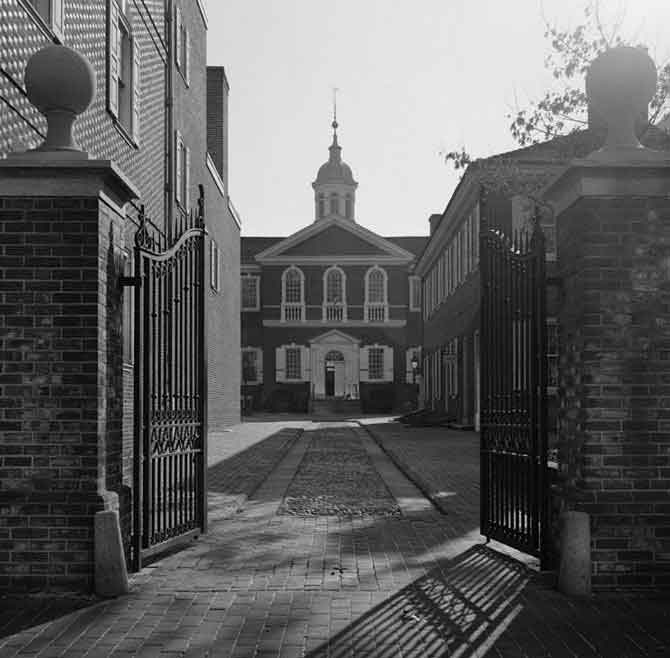The First Continental Congress was a gathering of thirteen North American delegates during the convention on September 5, 1774 at the Carpenter’s Hall in Philadelphia. This was during the early stages of the American Revolution and was initiated after the Coercive Acts were passed. Coercive Acts refers to the response by the British government to the Colonial American’s Intolerable Acts that fought for justice during the Boston Tea Party.
The Gathering
Congress saw 56 members in attendance. This included 12 of the 13 North American colonies appointed by legislatures, with the Province of Georgia an exception since at that time Georgia was a convict state and had no state considerations.
The purpose of the congress was to take into consideration all options including the boycott of British trade, fight for the ever-growing list of grievances and rights, and petition for redress of such rights to King George.
Stopping the Acts
The First Continental Congress also summoned for another Continental Congress if their efforts were unsuccessful in stopping the Intolerable Acts. Appeals to the Royal Empire and British Parliament were unsuccessful. This led to another convention, which was known as Second Continental Congress. This was aimed at organizing of the defense act at of the ensuing American Revolutionary War. The delegates were also encouraged to train and build their own militia.
The First Continental Congress on September 5 to October 26 1774 was presided over by Peyton Randolph. Henry Middleton was made president of Congress from October 22 to October 26. The leader of Philidelphia Committee of Correspondence was made Secretary of the Continental Congress.
Patrick Henry sought for a fresh system, believing that the government was already dissolved. The delegate from Pennsylvania Joseph Galloway was still in a reconciliatory mood with Britain, with his proposed “Plan of Union” in tow. His plan was to form a legislative body using some authority and required consent for imperial measures. The ones that went with Galloway’s “Plan of Union” were Edward Rutledge and John Hay as well as other conservatives. Galloway later became one of the loyalists.
Accomplishments
There were two significant accomplishments of the Congress, the first being the compact between the colonies to boycott British trade starting on December 1, 1774. West Indies did not like boycotts unless it was
a unanimously decided in the island to boycott British goods. British imports decreased by 97%in 1775. Observation and Inspection committees were formed in every colony to enforce the Association. There was a unanimous approval during the proceedings in the colonial House of Assembly. The only province that was contested was New York.
The colonies would have stopped exports to Britain after September 10, 1977 had the Intolerable Acts” not been repealed. With the success of the implementation of the boycott added to the cutoff of British colonial policy, everything was gearing up as planned until the outbreak of the war called The American Revolution.
Another accomplishment of the Congress was to initiate a Second Continental Congress on May 22, 1775. Aside from the attendance of the first Congress, the Second Congress sent invitations to Quebec, Nova Scotia, Georgia, East Florida Saint John Island and West Florida.

